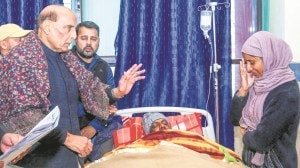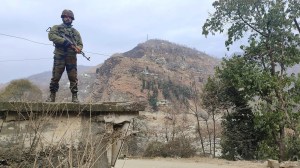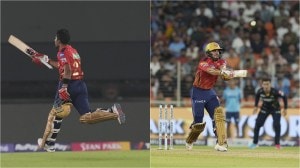- India
- International
In search of traditional rotiwallas — a food trail in Old Delhi
All roads lead to one place during this month of Ramzan – the coconut paratha, the dilkhush bread and the shahi sheermal
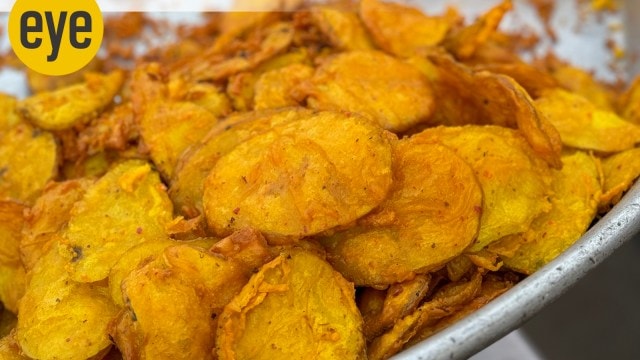 Fresh pakoras outside Jama Masjid (Photo credit: Vernika Awal)
Fresh pakoras outside Jama Masjid (Photo credit: Vernika Awal)It is 5.30 pm, the sun will set soon, and we are thankful for the cool early-April breeze. We are in a rickety rickshaw in the bylanes of Chawri Bazaar, Old Delhi, meandering through the flurry of vendors, cyclists, motorcyclists and pedestrians. Amid the chaos and the crowds we caught a whiff of fresh bread being baked as we entered alleyways – corner shops, some twice as old as us, ferrying breads of varying forms and shapes. These places are crowded at this hour, with a steady stream of customers walking in for sheermal and other breads, to break the fast.
All roads lead to one place during this month of Ramzan. The narrow alleys open to the expanse of the Jama Masjid — standing tall under the rare cerulean blue Delhi skies. The hour for iftaar is approaching, and tiny stalls selling chana masala, pakodas and cut fruits have set up shop on the steps leading to the masjid.
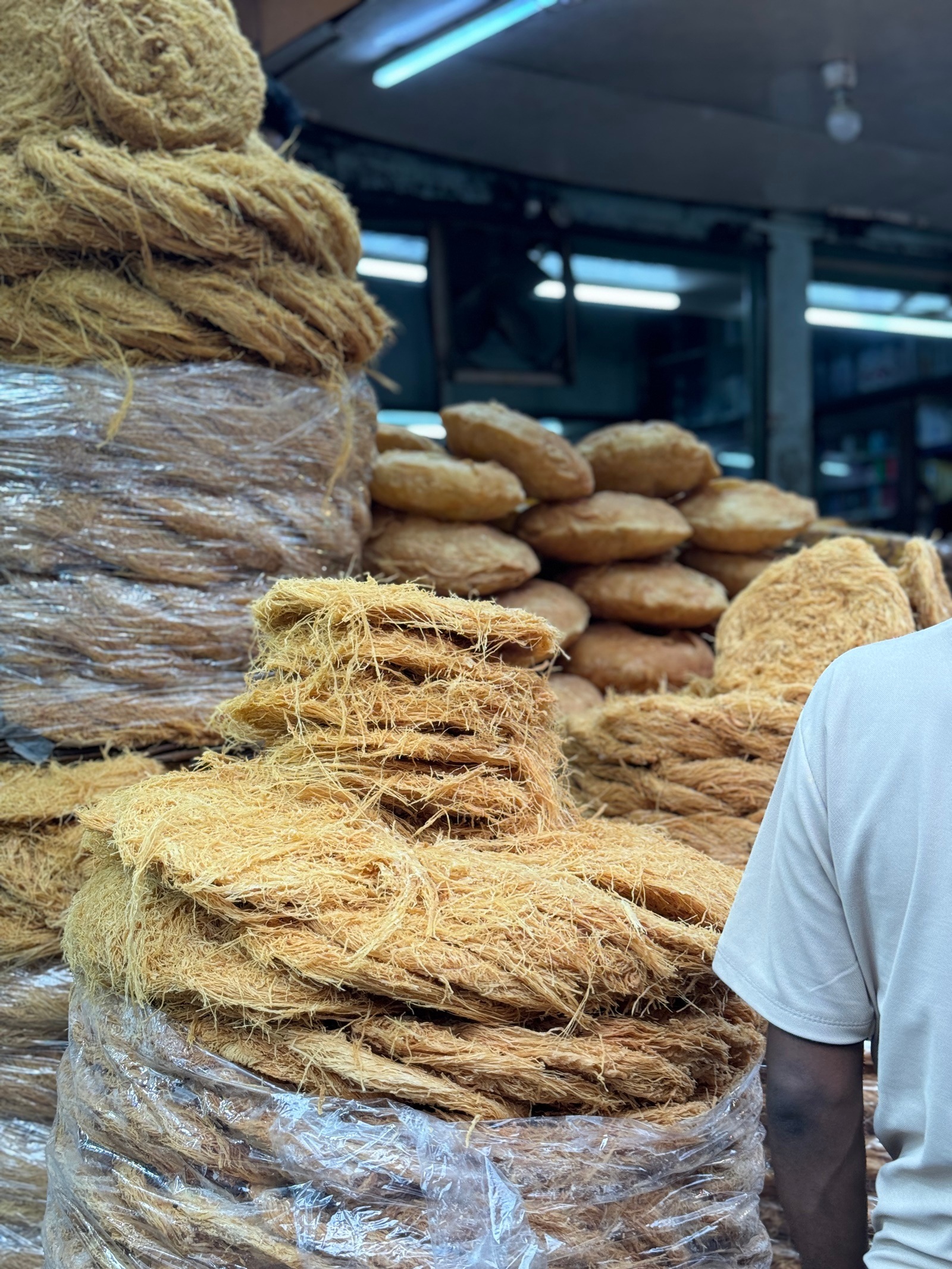 Feni being sold for Sheer Kurma (Photo credit: Vernika Awal)
Feni being sold for Sheer Kurma (Photo credit: Vernika Awal)
As we move around, one is reminded of two steadily dwindling communities that thrived on selling – what since ancient times has been called the very soul of our existence — bread. Today, the bhatiyaras and the naanbais of Old Delhi are rarely spotted. They seem to have diversified into selling other wares.
As we begin to break bread, we are taken up by the cacophony of customers bargaining with vendors. “Sau ke teen nahi, 50 rupaiye ki do dedo (not Rs 100 for 3, give me Rs 50 for 2),” says a woman, as she stands with her head covered and two children in tow. We make our way inside the masjid to take in the grandeur of the iftaari at the imperial mosque.
***
We are on our way across Matia Mahal with Anubhav Sapra, friend and founder of Delhi Food Walks, a group that organises food tours around the Capital. The heady aromas of smoked kebabs and golden-fried pakoras, and neon signs of shops selling mohabbat ka sherbet, hurry in to awaken our senses. Each shop seems to have a multitude gathering before it. “At this hour, everyone is rushing to get their snacks packed, so that they can sit together and break their fasts. You will notice that after about 30 minutes, this lane will quieten down and then come alive again after the maghrib and isha namaaz,” says Sapra, above the din of Chitli Qabar.

There are shops dotting the crowded lane selling tandooris rotis, rumali rotis, sheermal and khameeri rotis. These breads trace their origin back to the Mughals, who normalised the concept of purchasing breads from the community tandoors. Food historian-author Salma Husain in her book Nuskha-e-Shahjahani (Rupa, 2007) talks about the dazzling array of breads, from baqarkhanis and kulchas to sheermals that were served with different qalias and qormas, during Emperor Shahjahan’s time. This era is often fondly spoken of by scholars as the silver twilight of the Mughal dynasty, where celebratory feasts were a reflection of the grandeur of the empire.
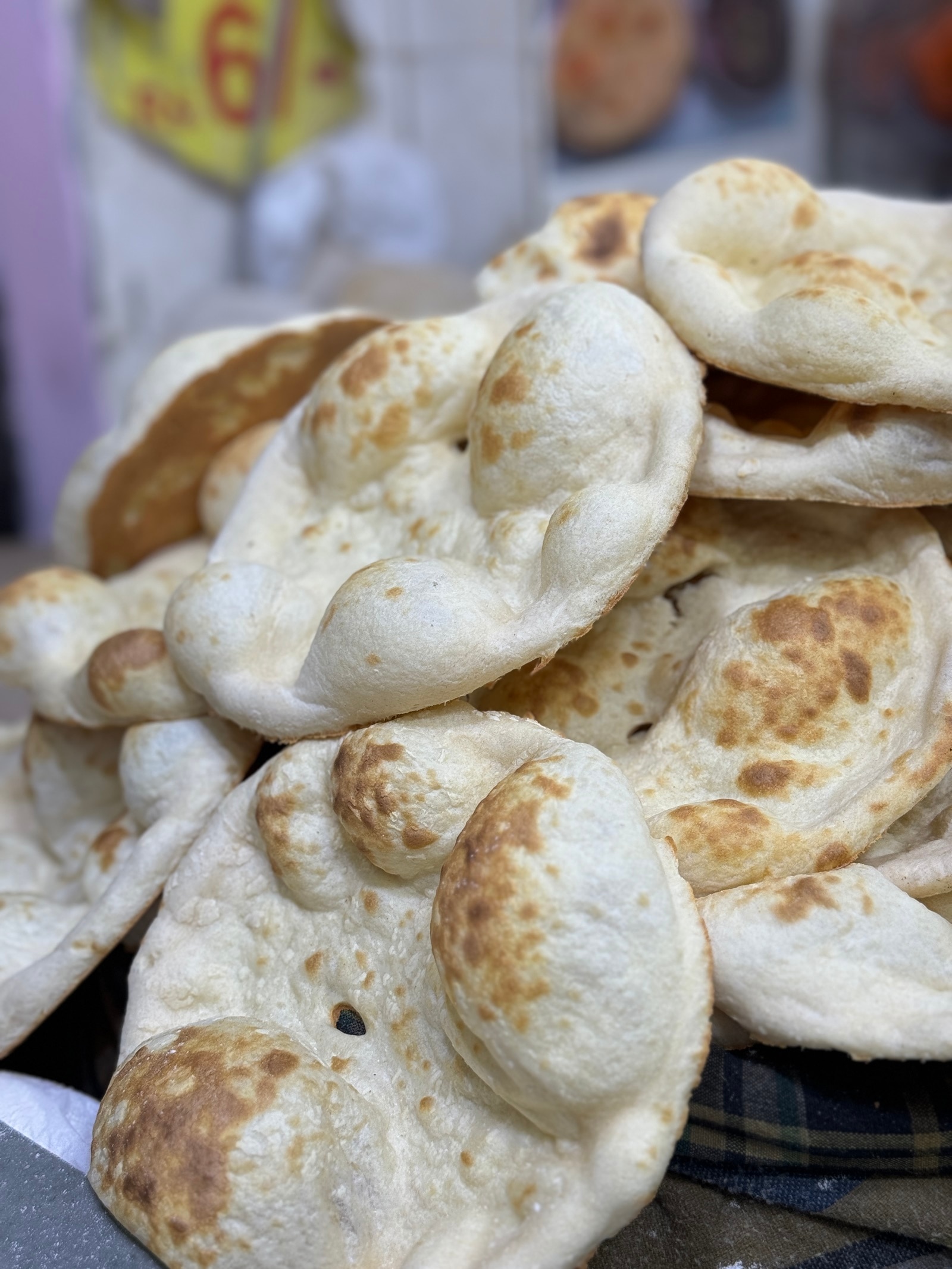 Khameeri roti at a naanbai shop (Photo credit: Vernika Awal)
Khameeri roti at a naanbai shop (Photo credit: Vernika Awal)
Even after centuries, these breads are available all year round. However, the naanbais or rotiwaalas of Old Delhi, make breads which are specific to the month of Ramzan such as the coconut paratha and the dilkhush bread. We walked into Flora Bakery towards the end of Chitli Qabar. Sapra claims it is the best in the area. Its third-generation owner, the amiable Waqar Ahmed, who helms the bakery founded in the 1940s. It was his father who took it to the glory that it enjoys today. On the packets of the bread, one can see an artwork of a toddler holding bread. “Yeh mere abba huzoor ne meri tasveer humari branding mein banwayi thi (my father used my photograph for our branding),” says Ahmed.
***
The naanbais and bhatiyaras of Old Delhi were once the traditional bread-making communities. While the naanbais took bulk orders for ceremonies and festivities, the bhatiyaras supplied bread to the houses of small business communities. One of the oldest naanbai in Matia Mahal is Rehmatullah Hotel, established in the early 1940s. They are famous for their shahi sheermal, says Sapra. Over time, their families have given up the business of breaking bread and moved into corporate projects. It’s a reminder for what we are losing out on, these highly indigenised breads that are seldom found in the very place where they once thrived.
We move to the iconic Aslam’s, a Matia Mahal restaurant, where we savour the signature butter chicken gravy, that pairs delightfully with the coconut sheermal. Such is the draw of the bread that it is celebrated right at the point where the fast is broken through each day of this period.
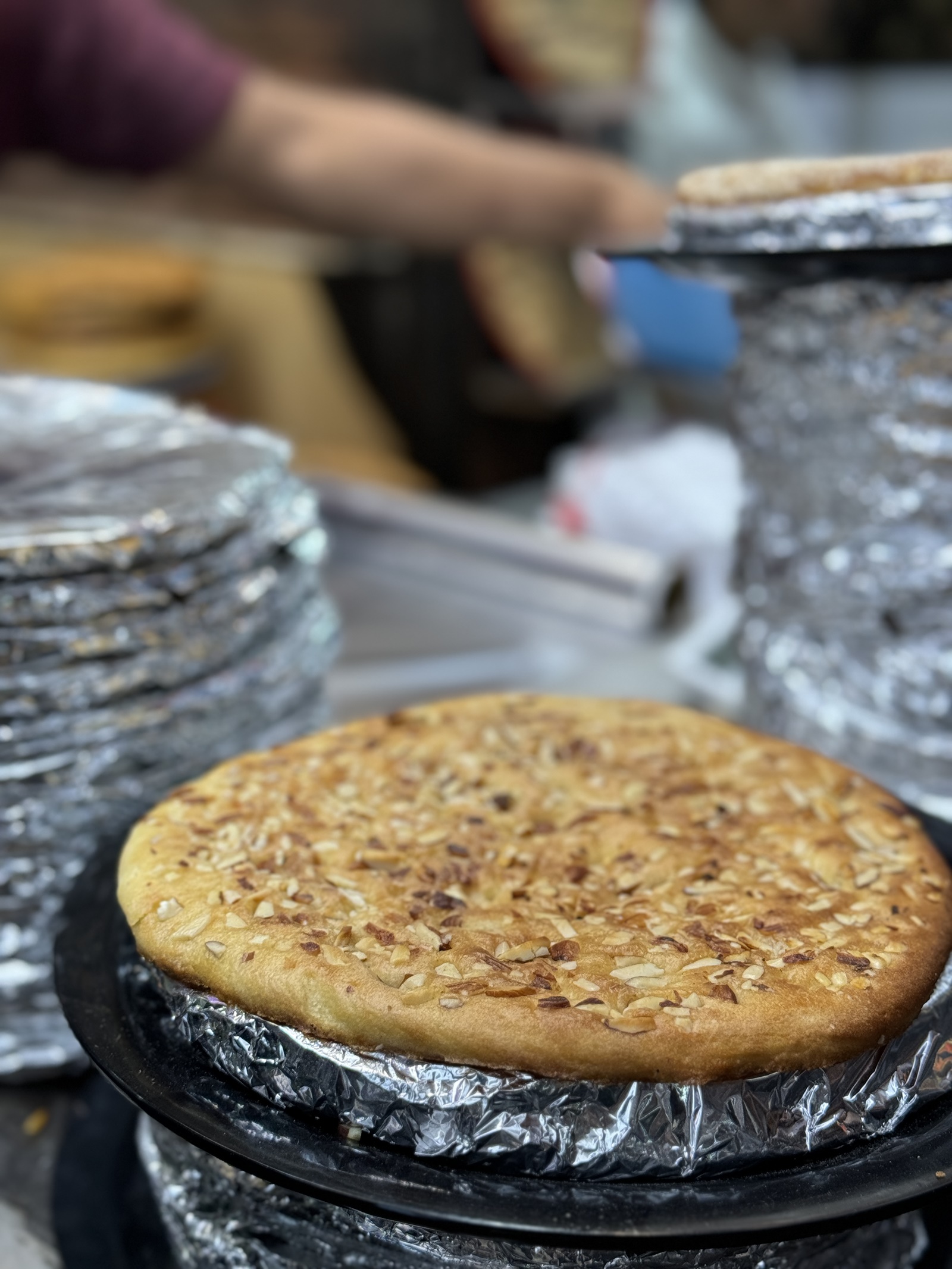 Shahi Sheermal at Rehmatullah hotel (Photo credit: Vernika Awal)
Shahi Sheermal at Rehmatullah hotel (Photo credit: Vernika Awal)
Unfortunately, though, the two communities are shrinking. “The numbers of bhatiyaras and the naanbais have reduced, and one will find them only sporadically in old cities like Old Delhi, parts of Lucknow and Aligarh. But in Kashmir, one can see the living culture of what once must have existed in Purani Dilli or in Lucknow’s Chowk,” says Shubhra Chatterji, filmmaker and food documentarian. Chaterjee says that even today in Kashmir, Kandurs of the area (local bread makers) are part of the daily culture of the people, where bread is brought from the Kandur in the morning and evening, and each bread is made specifically for a time of the day. “This is probably what the culture must have been like, in the glory days of Shahjahanabad,” she says.
Vernika Awal is a Delhi-based food and lifestyle journalist
Apr 05: Latest News
- 01
- 02
- 03
- 04
- 05






